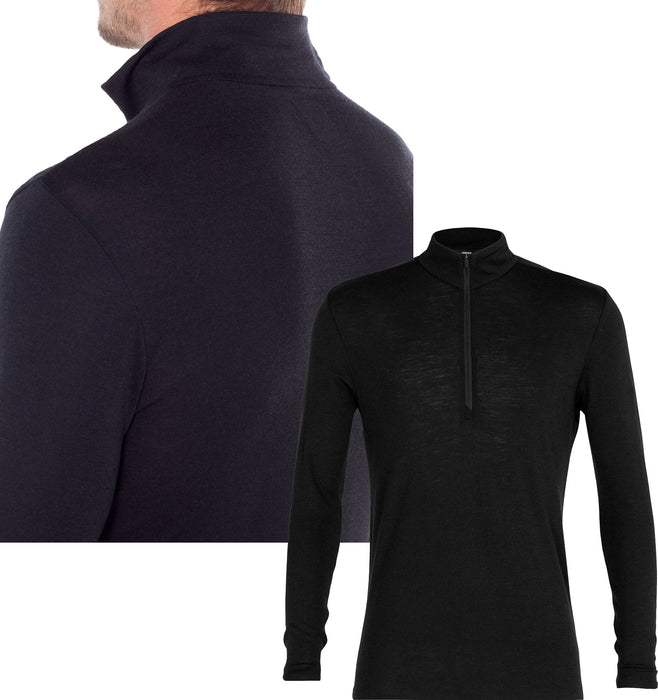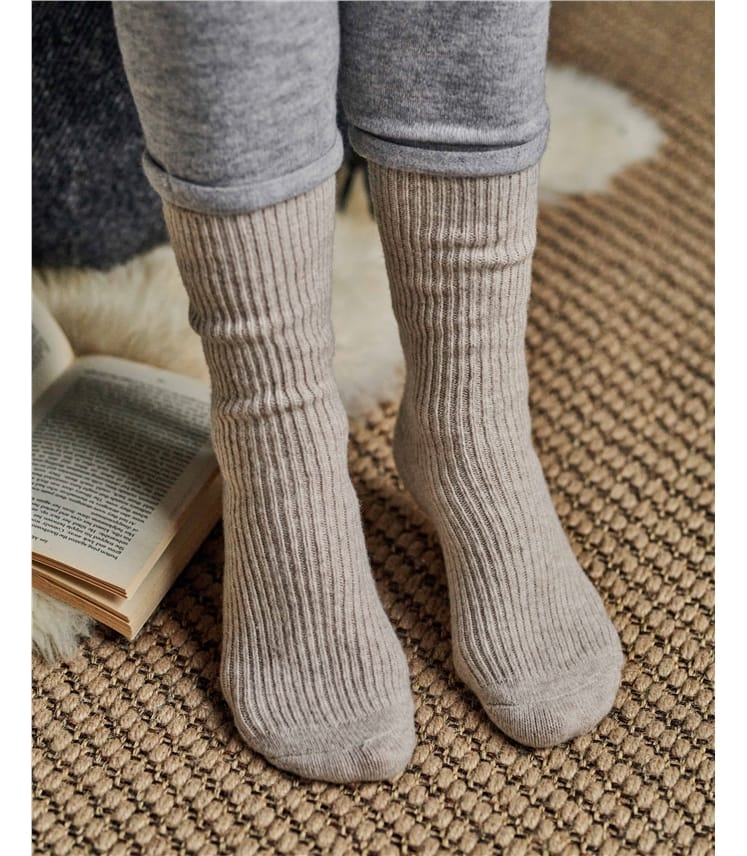Excellent Merino Wool Base Layers Website
Wiki Article
What Makes Yak Merino An Excellent Base Layer To Wear For Winter Sportswear With Regards To The Regulation Of Temperature And Warmth As Well As Moisture Control?
Yak Merino Wool Base Layers are a winner in winter sportswear due to factors that enhance the temperature, heat regulation and comfort.
Insulating Properties - Both yak and merino wool are naturally properties for insulation. The hollow fibers of yak are able to trap air and give excellent warmth. Merino wool is another that is known for its ability to provide insulation.
Regulates the Body Temperature - The combined fabric regulates the body's temperature, capturing warmth when it's cold, and allowing air to circulate so that you don't get too hot during intense activity.
Moisture Management-
Merino is a moisture-wicking wool. The properties of Merino draw moisture away and disperse moisture which prevents sweat buildup. Yakwool also helps transfer water. This helps keep the wearer dry and comfortable while performing intense physical activities.
Comfort-
Softness Merino fibers are renowned for their fine, soft fibers that are gentler on the skin. The addition of soft fibers from yak, also known as merino wool, enhances the comfort of your skin.
Odor resistance- Both kinds are antimicrobial, and will keep your garments fresh by reducing the growth of bacteria.
Durability-
Resistance and Strength Yak Wool is tough by nature, and when coupled with the incredibly resilient merino woo, the fabric becomes resistant and strong ideal for sports that require a lot of effort.
Natural Fiber Benefits-
Renewability - Yak and Merino Wool are biodegradable, renewable fibers, making them eco-friendly.
Variability - The inherent properties of these wools allow for versatility in various weather conditions while retaining their efficiency in both dry and dry conditions.
The blend of yak and merino leverages the strengths of each material, resulting in an excellent fabric for providing warmth and regulating temperature, as well as managing moisture, ensuring comfort, and offering durability. This makes yak merino base layers extremely effective for winter sports clothing, catering to the requirements of winter sports in cold weather, and making sure that the wearer is comfortable and dry. Read the top merino wool base layer hints for site info including ski base layer mens, best merino wool base layer women's, smartwool base layer, ski thermals mens, merino base layer womens, merino wool underlayer, merino wool underwear womens, ski base layer pants, terramar merino woolskins, warmest base layer for skiing and more.

What Are The Benefits Of Bamboo Clothing In Terms Of Thermal Regulation And Biodegradability, Uv Protection, And Environmental Impact?
Bamboo clothing has many advantages in terms of thermal regulation and UV protection.
Insulation - Bamboo fabric has natural thermal control properties. This provides warmth and comfort in cold conditions while remaining breathable. It aids in regulating the body temperature by storing warmth in cooler weather and allows ventilation to avoid excessive sweating during physical exercise.
UV Protection-
UV Resistance- Bamboo fabrics provide natural protection against harmful UV radiation. It can block the majority of ultraviolet radiations from the sun. This adds an additional layer of protection when you wear it outdoors.
Biodegradability-
The bamboo clothes are biodegradable, which means it will break into pieces naturally at the end of its life cycle without leaving harmful residues or contributing to environmental pollution. This reduces waste, and also the negative impact on the environment of clothes that are thrown away.
Environmental Impact-
Sustainable - Bamboo as a raw material is incredibly durable. It is able to grow quickly and in abundance, without pesticides or chemical fertilisers. This helps reduce the environmental impact of cultivation. Its rapid expansion makes it a sustainable resource.
Low water usage Bamboo requires relatively less water compared to other crops, like cotton, making it more efficient in water use. This helps conserve water and eases pressure on resources.
Soil Conservation
Soil Health - Bamboo cultivation generally does not deplete soil nutrients, nor require extensive irrigation, leading to better soil conditions and reducing the need for harmful agricultural practices.
Carbon Sequestration-
Carbon Absorption Bamboo plants absorb more carbon dioxide, and release oxygen into air than other plants. This property helps to reduce carbon emissions and combat climate change.
Bamboo clothing's thermal regulation, UV protection, biodegradability and positive environmental impact make it a desirable choice for people who are looking for sustainable and practical clothes. These characteristics are in sync with environmentally friendly practices, providing benefits for both the wearer as as the natural environment. Read the top sources tell me for bamboo clothing for more recommendations including bamboo womens shirts, shakuhachi clothes, bamboo viscose pajamas, bamboo ave shorts, bamboo workout clothes, kyte pajama, bamboo cotton shirts, halloween bamboo pajamas, jacket bamboo, bamboo activewear and more.

What Is The Different Between Wool And Merino Clothing?
Check out the texture, warmth and moisture absorption of bamboo, merino and traditional wool clothing.
Merino Wool Merino Wool is made of more fine fibers and is soft than traditional wool. It's also regarded as more comfortable to wear.
Bamboo Clothing Bamboo fabric is smooth and silky. It's often compared with luxury materials like cashmere or silk. Bamboo has a soft and gentle texture that provides the wearer with a pleasant experience.
Traditional Wool - The texture can differ. Some types of wool may feel coarser or more prone to cause irritation or itching when compared with bamboo and merino clothing.
Warmth-
Merino Wolle Merino fibers are excellent insulation and offer warmth. Even when damp it maintains warmth and acts as an effective insulation during cold weather conditions.
Bamboo Clothing is warm as well but isn't as insulated as Merino. Bamboo clothing regulates body temperature well and is comfortable under any conditions.
Traditional Wool: Similar to merino, wool, merino offers warmth, insulation, and comfort. The traditional wool can be more heavy than bamboo or merino clothing.
Moisture Absorption-
Merino Wool Merino Wool, with its exceptional moisture-wicking capabilities removes moisture from skin and allows it evaporate. It is warm when it is damp.
Bamboo Clothing Bamboo fabric has water wicking capabilities and can remove moisture and provide ease during physical activities. It regulates moisture, keeping the wearer dry.
Wool is not as moisture-wicking as bamboo or merino. When wet, some types of wool can feel heavy and damp.
In short, merino wool is known for its softness, warmth, and moisture-wicking capabilities. Bamboo clothing is soft and silky. It is warm. It also regulates moisture. Wool clothing can have various textures and provide the warmth and absorbency of moisture, but may appear coarser or heavier than merino and bamboo clothing. Each fabric has distinct characteristics that are suited to various clothing preferences and needs. Read the most popular recommended you read on bamboo winter clothing for more tips including wool base layer womens, best layers for skiing, smartwool long sleeve, smartwool mid layer, sitka base layers, merino wool base layer mens, best thermal underwear for skiing, smartwool thermals, wool mid layer, smartwool merino 250 and more.
